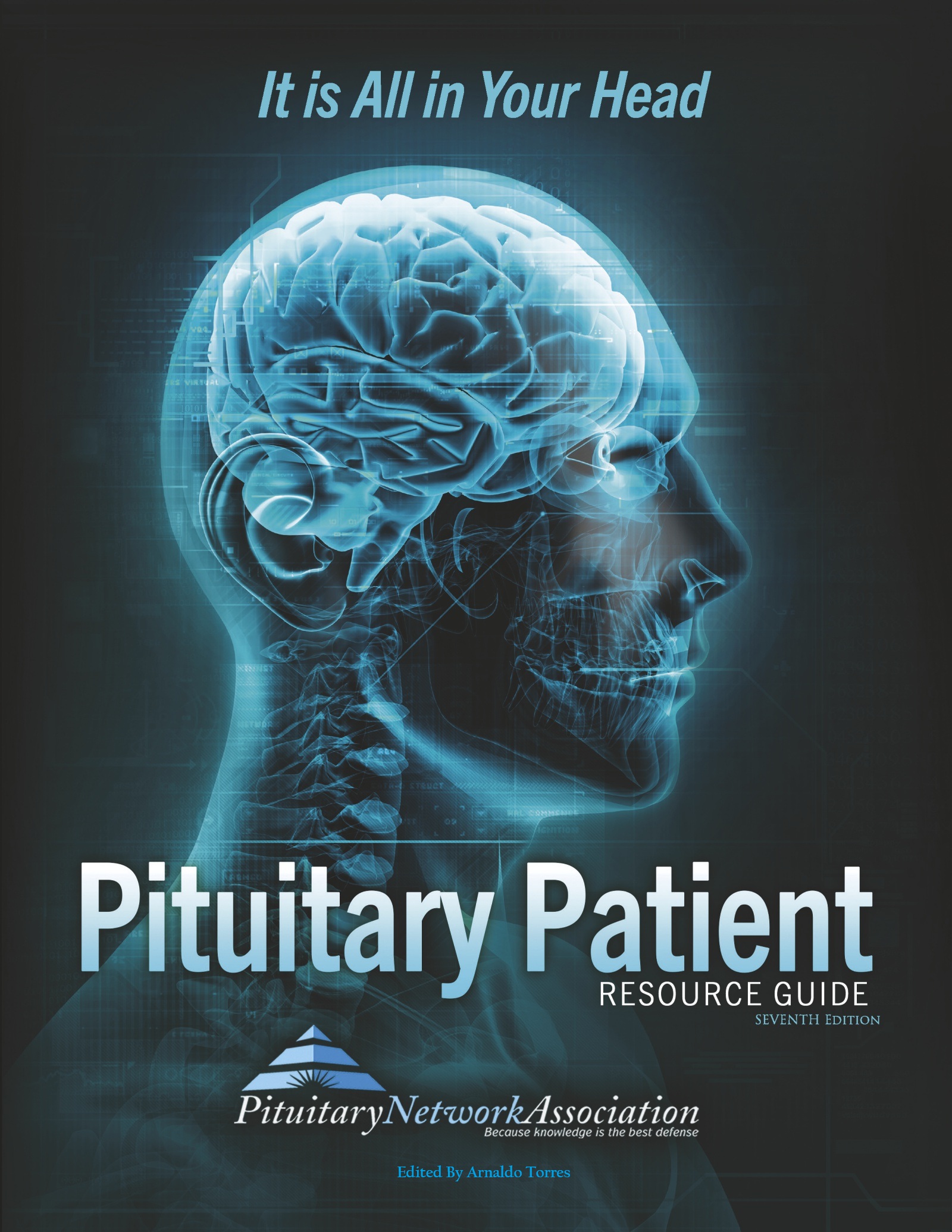Glossary Index by Letter
Pericardial Effusion
Increased amounts of fluid within the sac surrounding the heart, usually due to inflammation. Pericardial Effusion is an abnormal collection of fluid inside the sac that covers the heart. With pericarditis, the amount of fluid increases within the pericardial layers,...
PET Scan
Positron Emission Tomography. A scanning device which uses low-dose radioactive sugar to measure brain activity. This is a limited-use diagnostic tool.
Phenobarbitol®
A sedating medication used to control seizures. Phenobarbitol is a barbituric acid derivative that acts as a nonselective central nervous system depressant used to control epilepsy seizures and as a sedative to relieve anxiety. It is also used as a short-term...
Pituitary Gland
A small oval endocrine gland attached to the brain. The hypophysis, or pituitary is a small, pea-sized gland located at the base of the brain that functions as "The Master Gland." From its lofty position above the rest of the body it sends signals to the thyroid...
Pituitary Stalk
A tiny structure which connects the hypothalamus to the pituitary gland. Composed of blood vessels that carry hormones from the brain to the pituitary and also nervous tissue which transports the hormone ADH to the posterior pituitary.
Plaque
A patch of bacteria or tissue cells. A patch of bacteria or tissue cells.
Posterior
Pertaining to being behind another structure - toward the back of the body. Posterior pituitary: The back portion of the pituitary, a small gland in the head called the master gland. The posterior pituitary secretes the hormone oxytocin which increases uterine...
Posteroanterior View
View in the direction from the back toward the front. A term denoting the direction of view or progression, from postanterior to anterior, through a part.
PQCT
Peripheral quantitative computerized tomography. An imaging technique used to measure body composition.
Primary Amenorrhea
The inability to menstruate, caused by a failure of sexual maturation and function. Specifically refers to patients who have not ahd any menses whatsoever. Concern arises if menses have not developed prior to age 14. Secondary amenorrhea is loss of menses in a patient...
Primary Brain Tumor
Original source of tumor in the brain rather than other areas of the body. A primary brain tumor is a mass created by the growth or uncontrolled proliferation of abnormal cells in the brain. The cause of primary brain tumors is unknown. Primary brain tumors may be...
Primitive
Undeveloped or in early stages of development, undifferentiated. Stem cells are primitive precursor cells that are found in most organ systems of the body.
Probe
A surgical instrument for penetrating and exploring bodily passages and cavities. 1) A slender rod of flexible material, with blunt bulbous tip, used for exploring sinuses, fistulas, other cavities, or wounds. 2) A device or agent used to detect or explore a...
Progesterone
Progesterone A sex hormone which is made in the ovaries and during pregnancy, by the placenta as well. Progesterone helps to build up the endometrium during the menstrual cycle.
Prognosis
A forecast as to probable outcome. A forecast as to probable outcome.
Prostate Gland
An organized cluster of cells functioning as a secretory or excretory organ around the chestnut-shaped body, surrounding the beginning of the urethra in the male. The secretion of the glands is a milky fluid that is discharged by excretory ducts into the prostatic...
Protocol
An outline of care; a treatment plan. An action plan for a clinical trial will state what the study will do, how, and why. It explains how many people will be in it, who is eligible to participate, what study agents or other interventions they will be given, what...
Quality of Life
Refers to the level of comfort, enjoyment, ability to pursue daily activities. The term, quality of life is often used in discussions of treatment options.
Rad
Total amount of radiation absorbed by specific material or tissues. 1) The unit for the dose absorbed from ionizing radiation, equivalent to 100 ergs per gram of tissue; 100 rad = 1 Gy. Symbol for radian. 2) Abbreviation for racemic.
Radiation Dermatosis
Skin changes at the site of ionizing radiation. Particularly redness of the skin due to capillary dilatation in the acute stage, temporary or permanent loss of hair, and chronic changes in the epidermis and dermis resembling a premalignant warty lesion.






